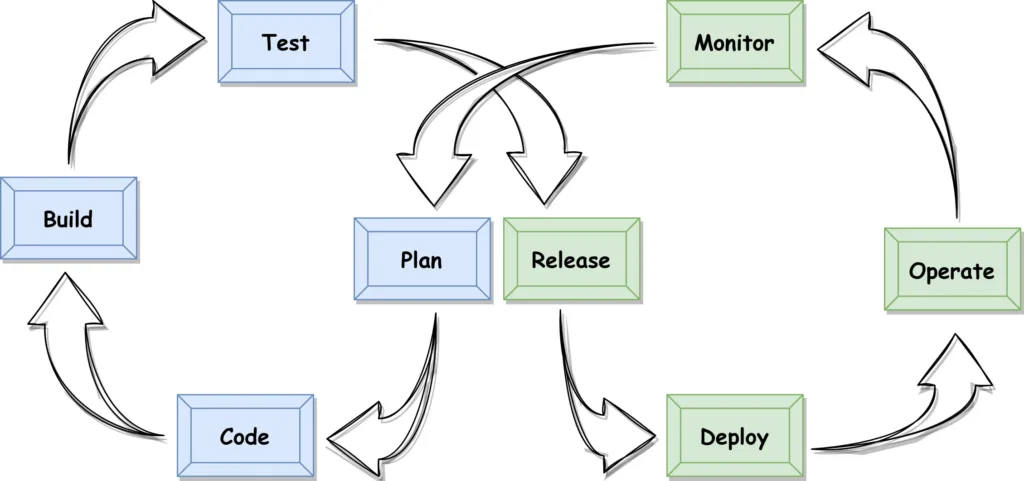What is DevOps? Is it based on tools? or perhaps methodologies?
As we look at DevOps at a high level view it is a set of practices and cultural values that aim to improve collaboration, communication, and integration between software development teams and IT operations teams. These teams could be more integrated together than before, instead of being siloed. DevOps seeks to reduce the time it takes to deliver software features and improvements to end-users while also increasing the reliability and stability of the systems that support those features.

The core principles of DevOps include automation, continuous integration and delivery/deployment, and a focus on feedback and continuous improvement. By automating repetitive tasks and building feedback loops into the development and deployment process, DevOps teams can rapidly iterate on software changes and respond to user needs more quickly.

DevOps also emphasizes the importance of cross-functional collaboration and shared responsibility between developers, operations, and other stakeholders. This approach helps to break down silos and ensure that everyone involved in the software development process has a shared understanding of the goals and priorities of the project.
Tips to Adopt DevOps
Adopting the DevOps model can be complex, especially when your organization may already have siloed teams and have been ingrained to utilize the companies’ current methods. Here are some steps you could take to help integrate the DevOps model in order to streamline your processes:
- What are your current processes and policies? You can start by assessing your current software development and delivery processes. Determine where your current delays and bottlenecks are in order to look for opportunities to automate the repetitive tasks.
- What outcomes are you trying to obtain with the DevOps model? Make sure to define your goals as a team and have ways to measure these outcomes to determine if your goals have been successful. Uniting your team in your unified initiative can help in effectively communicating it to all stakeholders.
- How is your DevOps culture? DevOps is not about what tools you use, but how your culture is. Encouragement to experiment, learn, and continue improvements for cross-functional collaboration need to be at the heart of your team to help your DevOps model.
- What can we automate? Automation is one of the key foundation of DevOps. Any and all opportunities that you can automate such as testing, deployment, and monitoring should be considered. Philosophy: Even if it takes a few minutes a day, a repetitive task could save you time and money over the years.
- What can we do next? Continuous Integration and delivery/deployment are another key foundation in the DevOps model. Being able to continuously integrate code changes, your team can find bugs earlier in the development cycle, hopefully before being delivered or deployed to production. This process can speed up and reduce the risk of errors for software delivery.
- How do we know we reached our goal or something is not working? You will want to create processes for monitoring your systems. This allows you to understand the performance of your systems and understand if a task is not working. Important metrics could include the frequency of deployment, time to recovery, lead time for changes, and others.
- Can we make improvements? Continue to experiment and improve your processes. With DevOps your teams should be integrated together even more than before, and they should be able to provide each other feedback. The feedback should help in identifying improvement areas and you can iterate over the processes repeating the steps in this list.
Asking and understanding these questions for your team and company may help guide in adopting your DevOps model faster and more reliably. Remember the DevOps model is not about the tools, but the set of practices and the team culture. Do not think of this as a destination, with an end, but an overall journey your team will take.